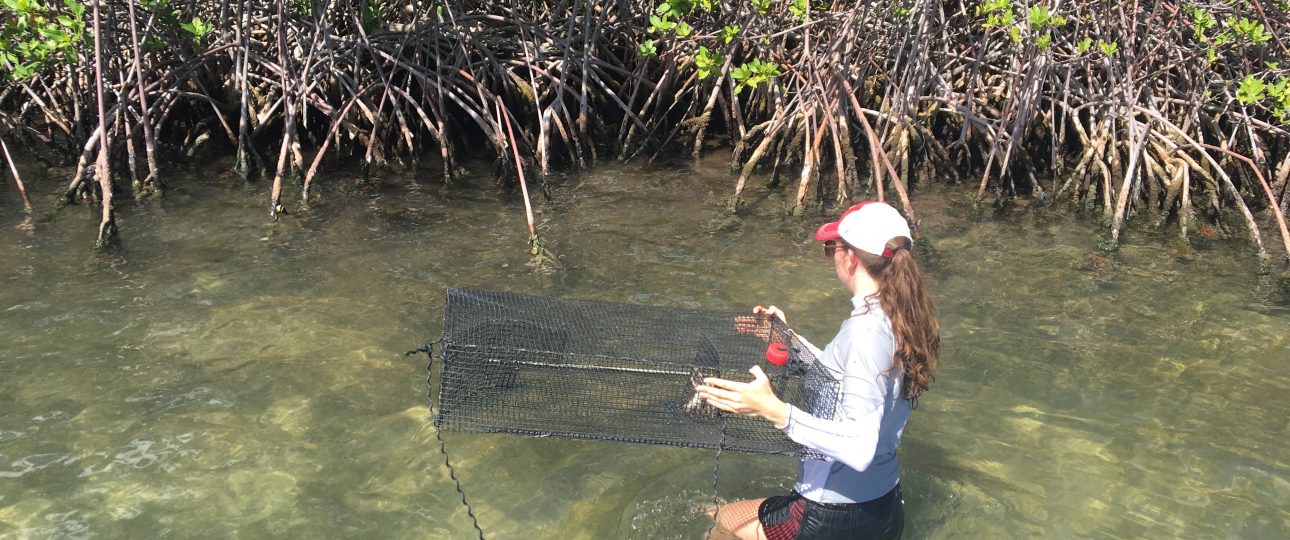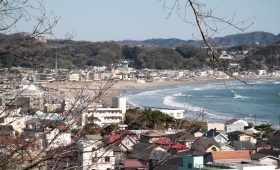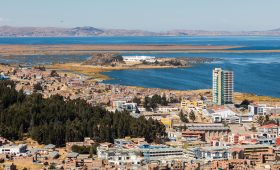Exploring Salt River Bay National Historical Park and Ecological Preserve
Salt River Bay National Historical Park and Ecological Preserve on St. Croix, U.S. Virgin Islands, offers a unique blend of history and nature. Located on the island’s north-central coast, this park is a testament to the region’s rich past and ecological diversity. Here, you can explore the remnants of various cultures and witness the vibrant ecosystems that thrive in this protected area.
The Historical Significance of Salt River Bay
Salt River Bay is steeped in history, marking the site of Christopher Columbus’s second voyage to the New World in 1493. This location was the scene of the first recorded skirmish between European explorers and the indigenous Taino people. The bay was home to a Taino village until the Caribs took over in 1425. By 1590, the Caribs had abandoned the island, which then saw a succession of European colonizers, including the Spanish, English, Dutch, and French.
Among the historical remnants is Fort Salé, originally built by the Dutch and later taken over by the French. It stands as the only surviving structure from this early colonial period. Archaeological investigations have uncovered artifacts such as petroglyphs and remains of human sacrifices, offering a glimpse into the island’s pre-colonial past.
Ecological Wonders of Salt River Bay
The park is not just about history; it’s a haven for nature enthusiasts. It features some of the largest remaining mangrove forests in the Virgin Islands, along with seagrass beds, coral reefs, and a submarine canyon. These ecosystems support a diverse array of marine life, including sea turtles, stingrays, and dolphins.
One of the highlights is the bioluminescent bay, where the water glows thanks to the presence of dinoflagellates, a type of micro-organism. This natural phenomenon is rare, with only a few such bays existing worldwide. Guided kayak tours offer an intimate way to experience this magical display.
Best Time to Visit
Plan your visit during the dry season, from December to April, when the weather is pleasant and the seas are calm. This is the ideal time to explore both the historical sites and the natural beauty of the park.
Getting There
To reach Salt River Bay, fly into Cyril E. King Airport on St. Thomas, then take a ferry to St. Croix. Once on the island, the park is about a 30-minute drive from Christiansted. Renting a car is recommended for convenience, but taxis and local buses are also available.
Local Transportation
On St. Croix, renting a car gives you the freedom to explore at your own pace. Taxis are readily available, and public buses offer an affordable option, though they may have limited schedules. For a more adventurous approach, consider renting a bicycle or scooter to navigate the island’s scenic roads.
Salt River Bay National Historical Park and Ecological Preserve is a destination that offers a deep dive into both history and nature. Whether you’re exploring ancient ruins or paddling through glowing waters, this park provides a unique experience that reflects the complex tapestry of the Caribbean’s past and present.




